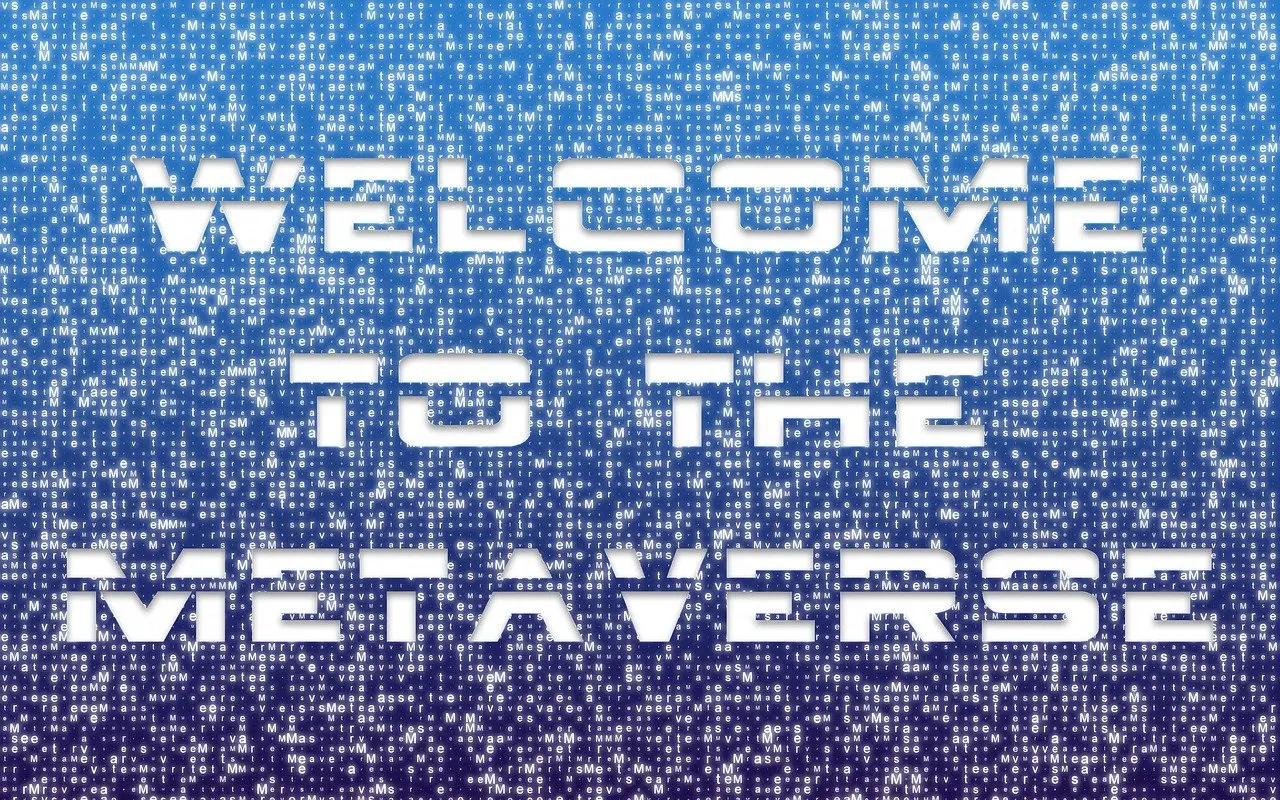Many companies face challenges when trying to get their content marketing program off the ground. In fact, their first challenge occurs before the program even begins, and if they don’t address it, the program will likely fail. What is it? Establishing objectives.
To maximize your chances of success, it’s important to establish the initial goals of your content marketing program before you start spending money, time and internal resources on developing it. Keep reading to learn how you can set actionable, achievable goals that will set your content marketing program up for success.
How do I define measurable goals?
A content marketing program requires you to establish definitive goals in order to track your progress against your objectives. You should verify your goals before commencing with the program in order to keep you on a steady track towards success.
Additionally, define what overall business objectives your content marketing goals are supporting. After all, content marketing is a subset of your entire digital marketing or corporate marketing program, so individual initiatives must correlate to create a cohesive environment.
What metrics will help me measure my goals?
Any content marketing goals that don’t align with the intended sales funnel stage will not produce very promising results. As such, determine whether you are targeting people at the upper, middle or bottom stage of the decision-making funnel in order to create measurable, achievable objectives.
In the upper stage (the awareness stage), metrics for measuring your content marketing program’s effectiveness include:
- Bounce rate.
- Number of new visitors through organic search.
- Time spent on site.
- Number of pages visited before a user leaves.
Middle-funnel metrics measure engagement and consideration. For example, if a person signed up for a webinar, read an e-guide on your site or viewed a case study, try to determine the prospect’s interaction with each specific type of content. This content needs to indicate that users are actively trying to make a decision.
The bottom stage is where leads are on the brink of making a purchase. Monitor metrics that show how a prospect is taking action with your organization. Measure items like:
- Number of leads generated.
- Revenue for your site.
- E-guide downloads.
- Newsletter registrations.
How much time will it take until my goals are realized?
When you’re first implementing your content marketing program, identify either a semi-annual or an annual set of goals. It’ll take anywhere between 6-12 months to start seeing real progress. However, once your program has been established for more than a year, the process starts to change. Now, you can begin to deeply optimize your program.
To do so, you’ll want to match your goals with your company’s quarterly objectives. In other words, goals should now be completed within a three-month cycle. If you’re a start-up or a company that is aggressively trying to scale up, you could even go down to monthly objectives to ensure you keep a steady pace of growth. Ultimately, you should design your timeline based on your unique processes — just make sure your goals are realistic.
Who should set up the goals?
Creating your content marketing goals involves various levels in your chain of command. Your overarching business objectives should be determined at the corporate level amongst your CEO and executive team. These ideas are the ultimate ambitions of the company, and every project should work to meet them.
As soon as the corporate goals are established, move down the chain of command to your chief marketing officer (CMO) in order to identify your marketing-specific goals, of which content marketing is included.
Then the CMO – or the head of the content marketing program – can identify content objectives that fall under each of these bigger umbrellas. However, remember to utilize your whole team when determining goals. Each member has a unique outlook and may offer helpful ideas that others overlooked.
Is it possible to change my goals in the midst of the program?
There are really only two feasible reasons why you should change goals midstream. One is if you are changing your overall corporate goals. If your mission or business values change, it only makes sense to alter your content marketing plans in order to stay consistent with your messaging.
The other reason is if the goals of your content marketing program are unrealistic (depending on its maturity level). Say you expected 100 new leads within the first month of launching your program. Such unattainable goals only make the entire program look like a failure before it even had the chance to thrive.
Those are the only two instances where it’s understandable to change the goals midstream. Try to change it outside of those two cases, and you’ll have to ask yourself: “What’s wrong with the program to begin with?”
Need help?
In summary, whenever your organization establishes content marketing goals, you are taking a step towards success. Without objectives, you aren’t giving the program a fair chance, and in reality, you’re sabotaging it.
If you have a content marketing program, or are planning one, download our ebook: 100 mistakes businesses make when starting, optimizing and scaling content marketing programs.
Learn from the mistakes of hundreds of other companies. 100 mistakes walks you through common and uncommon challenges that they faced with their content marketing programs.
At Tempesta Media, we understand how intricate a content marketing program is. To help you implement yours, we can create custom quality content at scale. To learn more about our streamlined solution, contact us today.












